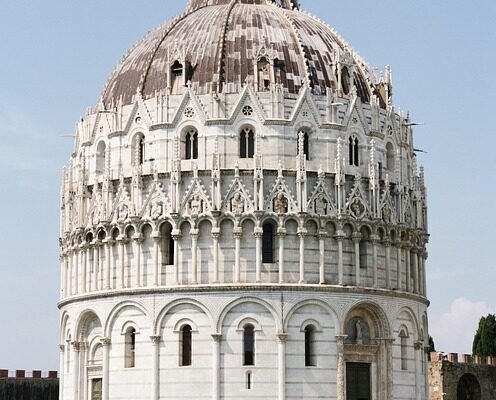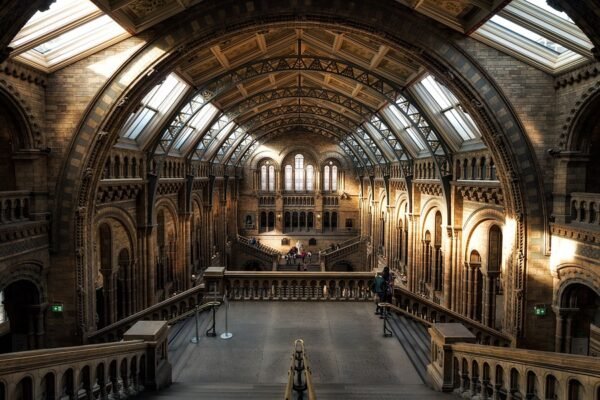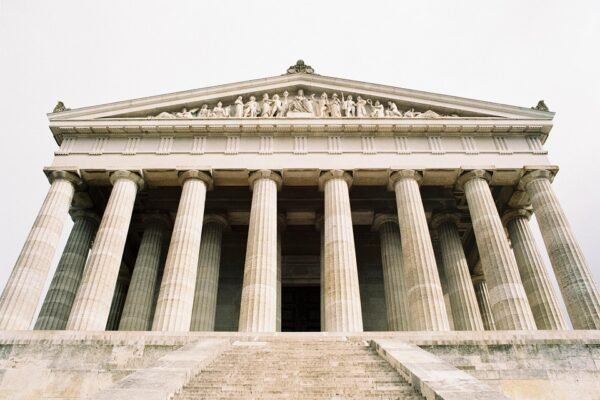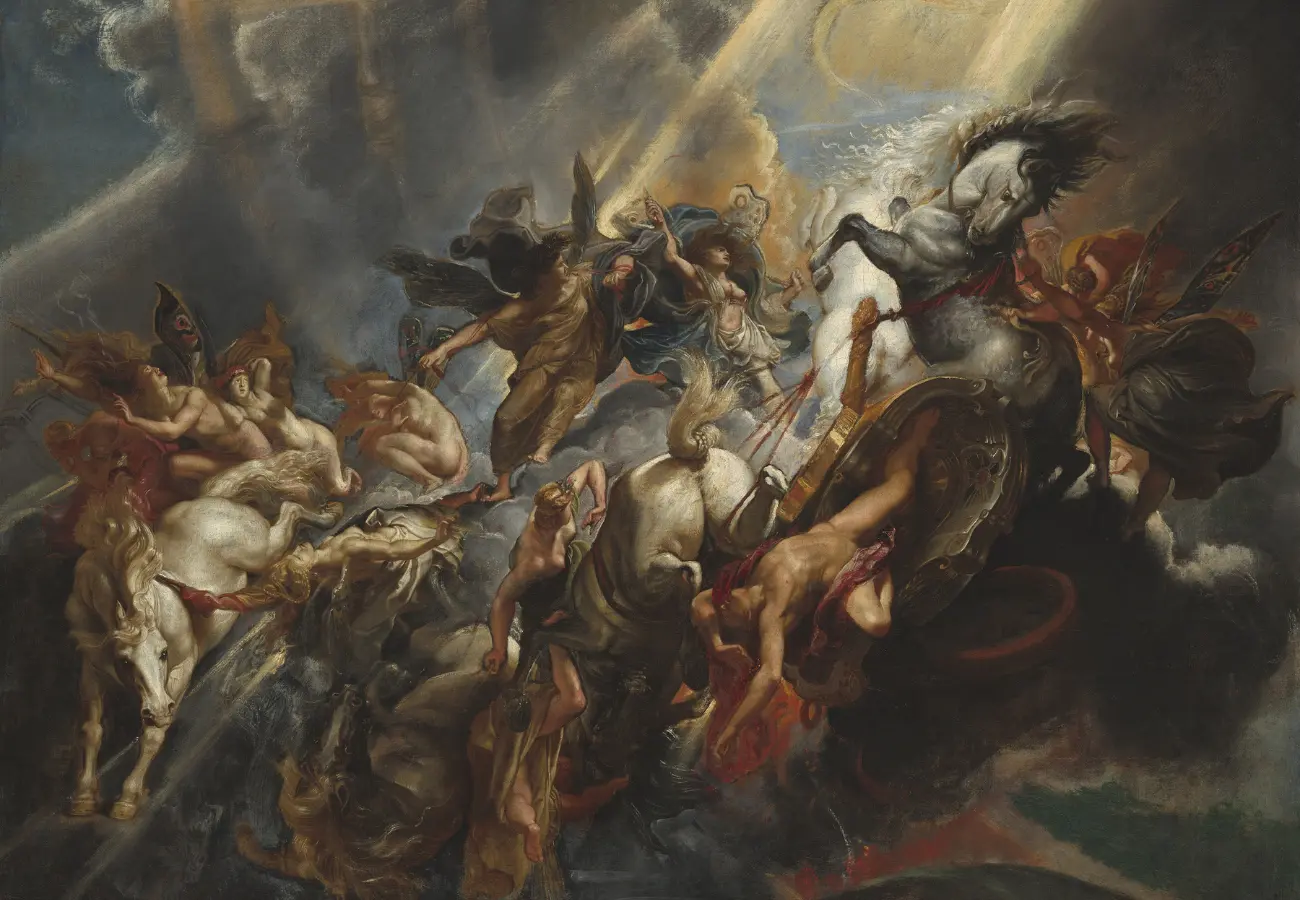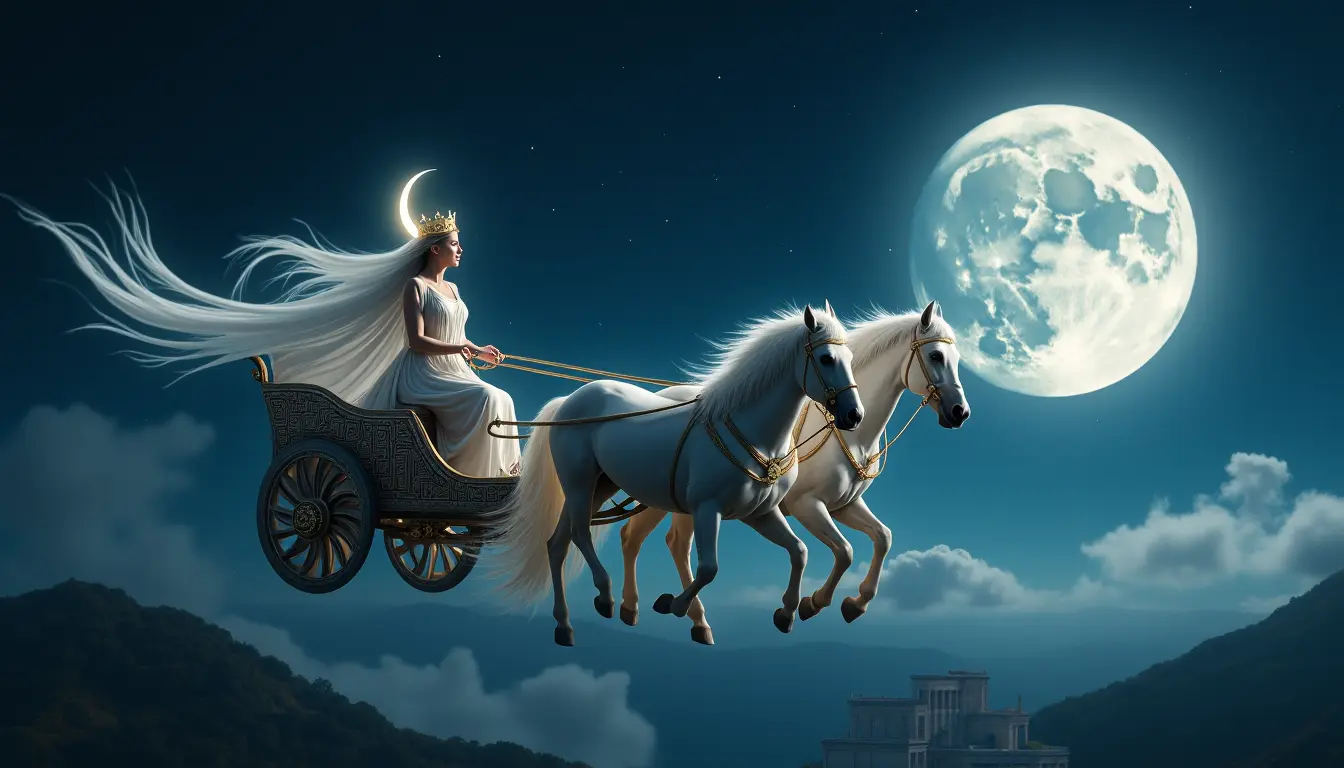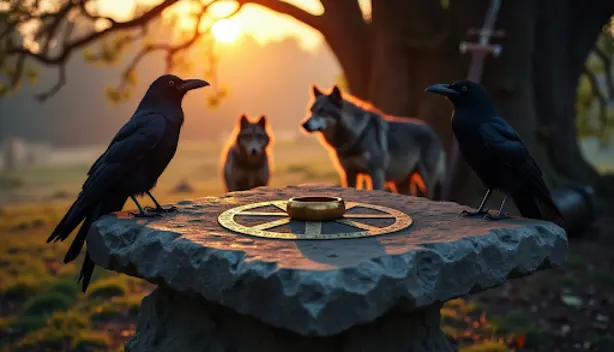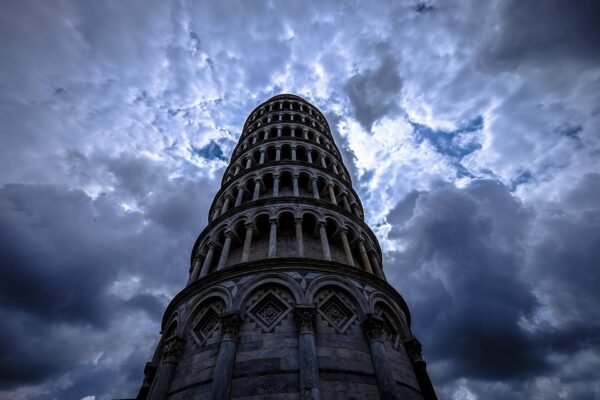
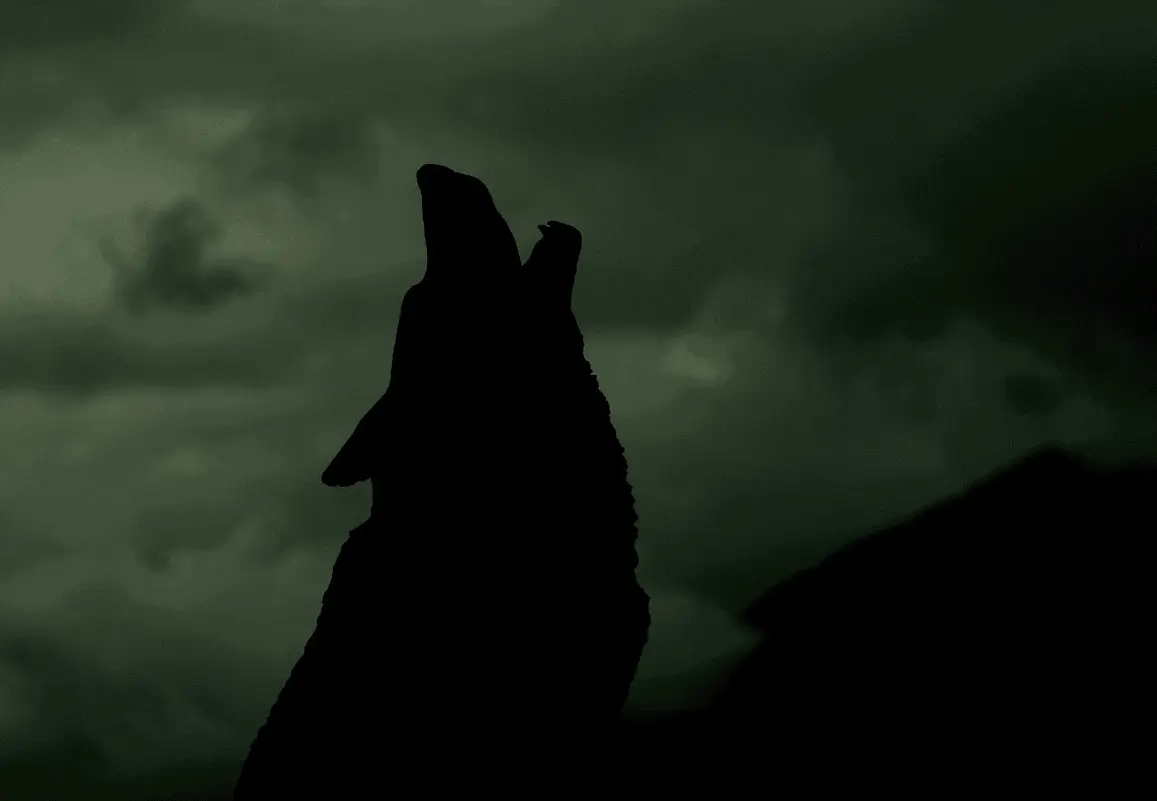
Viking Mythical Animals: Norse Creatures and Legends
Norse mythology is a rich tapestry of captivating legends, with Viking mythical animals at its core. These creatures represent cosmic forces, chaos, and divine intervention, reflecting the beliefs and values of the Vikings. In this article, we will delve into the tales, symbolism, and cultural impact of these mythical beings, exploring their enduring legacy and unraveling the mysteries of Viking mythology.
The Role of Mythical Animals in Norse Mythology
Viking mythical animals were not mere characters in stories; they embodied cosmic forces and symbolized the interconnectedness of life, death, gods, humans, and the natural world. They provided explanations for natural phenomena and imparted lessons in courage, resilience, and morality. These creatures served as conduits for understanding the complexities of the universe and the roles of individuals within it.
Prominent Mythical Creatures
Fenrir: The Monstrous Wolf
Fenrir, the fearsome wolf, was foretold to bring about the end of the world by killing Odin during Ragnarök. Despite being bound by the gods, Fenrir represents unchecked chaos and the inevitability of fate. His story of being bound by Gleipnir, a magical chain crafted by dwarves, underscores the themes of destruction and the cyclical nature of life.
Jörmungandr: The Midgard Serpent
Jörmungandr, the serpent encircling the world beneath the sea, symbolizes the unknown and the power of nature. His battles with Thor reflect the eternal struggle between order and chaos. The epic confrontations between Thor and Jörmungandr mirror the challenges faced by heroes like Heracles, emphasizing the theme of heroes confronting monstrous adversaries.
Sleipnir: Odin’s Eight-Legged Horse
Sleipnir, the fastest and most reliable steed in the nine realms, was born of Loki and carried Odin between worlds. Symbolizing mobility and divine connection, Sleipnir embodies supernatural power and transformation. His service to Odin during cosmic travels highlights the importance of adaptability and transcendence.
Huginn and Muninn: Odin’s Ravens
Odin’s ravens, Huginn (thought) and Muninn (memory), flew across realms daily to bring back knowledge. They embody wisdom and the constant pursuit of understanding, serving as symbols of knowledge, exploration, and the duality of the mind. Their role in Norse mythology reflects the importance of observation and learning in the pursuit of enlightenment.
Níðhöggr: The World Tree’s Nemesis
Níðhöggr, the dragon gnawing at the roots of Yggdrasil, symbolizes decay and renewal. His actions represent the balance between destruction and rebirth, highlighting the inevitability of change and the fragility of life. Níðhöggr serves as a reminder of the cyclical nature of existence and the transformative power of destruction.
Lesser-Known Mythical Creatures
Fossegrim: The Musical Water Spirit
Fossegrim, the enchanting fiddler who lived by waterfalls, taught humans to play music in exchange for offerings. Symbolizing the harmony between nature and humanity, Fossegrim embodies the connection between the natural world and human creativity.
Draugr: The Undead Guardians
Draugr, ancient Viking undead, guarded treasures and haunted their burial mounds. Symbolizing greed and the consequences of hoarding wealth, Draugr serve as cautionary tales about the dangers of materialism and selfishness.
Lindworm: The Serpent of Death
The lindworm, a serpent-like creature associated with the afterlife, was battled by warriors as a rite of passage. Symbolizing the overcoming of obstacles and the inevitability of death, Lindworms represent the challenges individuals must face on their journeys through life.
Symbolism and Cultural Impact
The Viking mythical animals have transcended mythology to influence modern literature, art, and pop culture. From J.R.R. Tolkien’s works to Marvel’s Thor movies, these creatures continue to inspire awe and creativity. They serve as reminders of the Vikings’ deep connection to the natural world and their belief in the interconnectedness of life and myth. By exploring the stories and significance of these mythical beings, we gain a deeper understanding of Norse mythology and the timeless lessons it imparts.
Conclusion
Viking mythical animals are more than just legends; they are symbols of resilience, morality, and the powerful forces that shape our world. By delving into their stories and symbolism, we can appreciate the depth of Norse mythology and the enduring lessons it offers. For further insights into Viking mythology and culture, continue to explore the fascinating world of Norse legends and lore.

